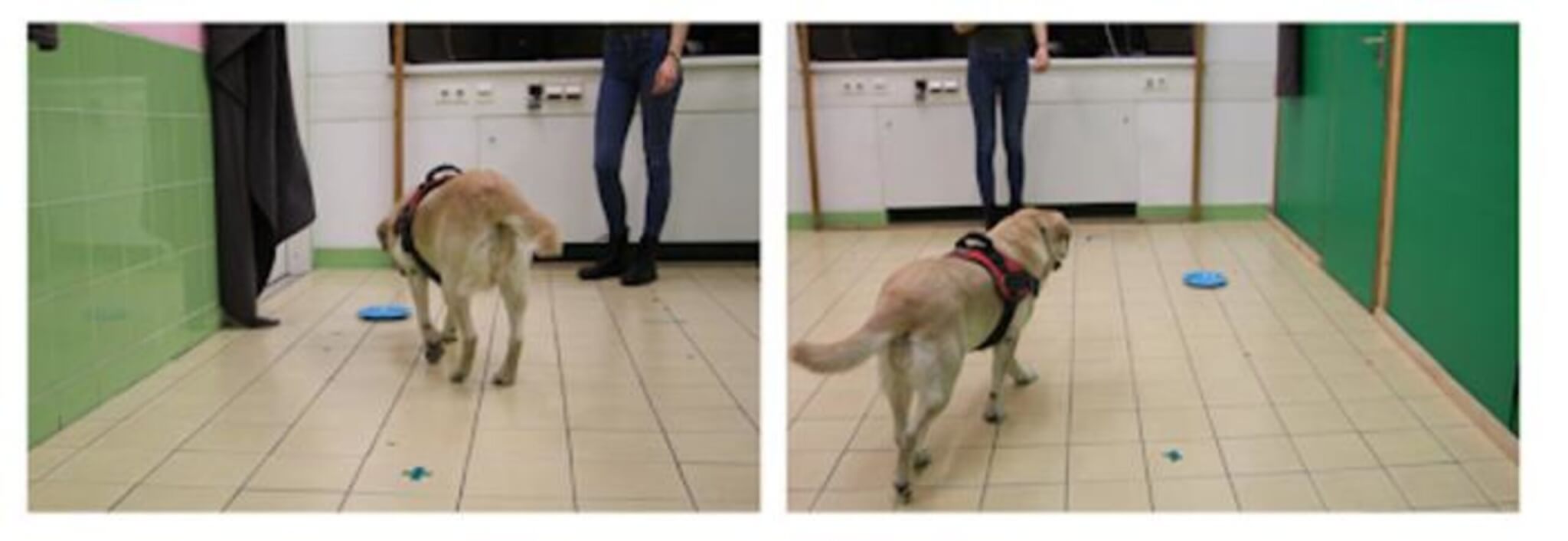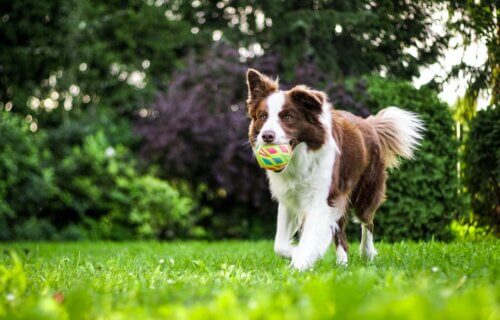BUDAPEST, Hungary — Do dogs see the world in the same way as humans? For some, the answer is yes! A new study reveals that “smarter” canines process information similarly to people.
Researchers from the Department of Ethology at Eötvös Loránd University studied how dogs interpret gestures, particularly pointing, compared to human toddlers. The phenomenon under investigation is known as “spatial bias,” which is the tendency to interpret information in relation to space, location, or distance, even when the same information could apply to an object.
In simple terms, it’s about how dogs and children react when someone points to the position of an object. While children quickly understand that the gesture points to the object itself, dogs tend to view it as a directional cue, indicating a specific direction to move. This distinction has been observed in dogs through various behavioral tests, but this study takes a deeper dive into the phenomenon.
“This is manifested, for example, in the way dogs and children react to gestures when we show them the position of an object,” says study first author Ivaylo Iotchev in a university release. “Very early on, children interpret the gesture as pointing to the object, while dogs take the pointing as a directional cue. In other words, regardless of the intention of the person giving the cue, the meaning for children and dogs is different. This phenomenon has previously been observed in dogs using a variety of behavioral tests, ranging from simple associative learning to imitation, but it had never been studied per se.”

The study aimed to clarify whether this difference in interpretation was due to dogs having inferior vision compared to primates or if it was related to information processing bias — meaning that spatial parameters were more significant to dogs than the objects themselves.
To explore this, researchers conducted behavioral tests involving 82 dogs. In one task, dogs had to learn whether a treat was consistently placed on either the right or left plate, essentially learning a location. In another task, two types of plates were used — one white and round, and the other black and square. These plates were always placed in the middle, and the dogs received only one type to eat from but were exposed to both in a semi-random sequence. In this scenario, they were learning about the properties of the plates. The study found that dogs learned faster when the treat’s location was on the right or left, indicating a preference for spatial cues over object features.
To investigate whether spatial bias was sensory, cognitive, or a combination of both, researchers measured the dogs’ visual acuity by examining the shape of their heads and assessed their problem-solving skills through a series of cognitive tests. Dogs with shorter heads, known as brachycephalic breeds, were found to have human-like vision characteristics, indicating sharper and more focused vision. Additionally, dogs with better cognitive performance were more adept at linking information to objects as readily as to places.
“We tested their memory, attention skills and perseverance. We found that dogs with better cognitive performance in the more difficult spatial bias task linked information to objects as easily as to places,” explains Eniko Kubinyi, head of the MTA- ’Lendület’ Momentum Companion Animal Research Group.
The study reveals that spatial bias in dogs is not merely a sensory issue but is also influenced by cognitive factors. It highlights the differences in how dogs and humans process information and emphasizes the importance of considering these factors in understanding canine behavior. The study also suggests that “smarter” dogs can overcome their biases in challenging learning situations, indicating the complexity of canine cognition.
The study is published in the journal Ethology.
You might also be interested in:
- Can dogs learn new words quickly? Really smart ones can in minutes, study says
- Most Trainable Dogs: Top 5 Obedient Breeds, According To Canine Experts
- Modern dog breeds have larger brains than their ancient ancestors, surprising study reveals
